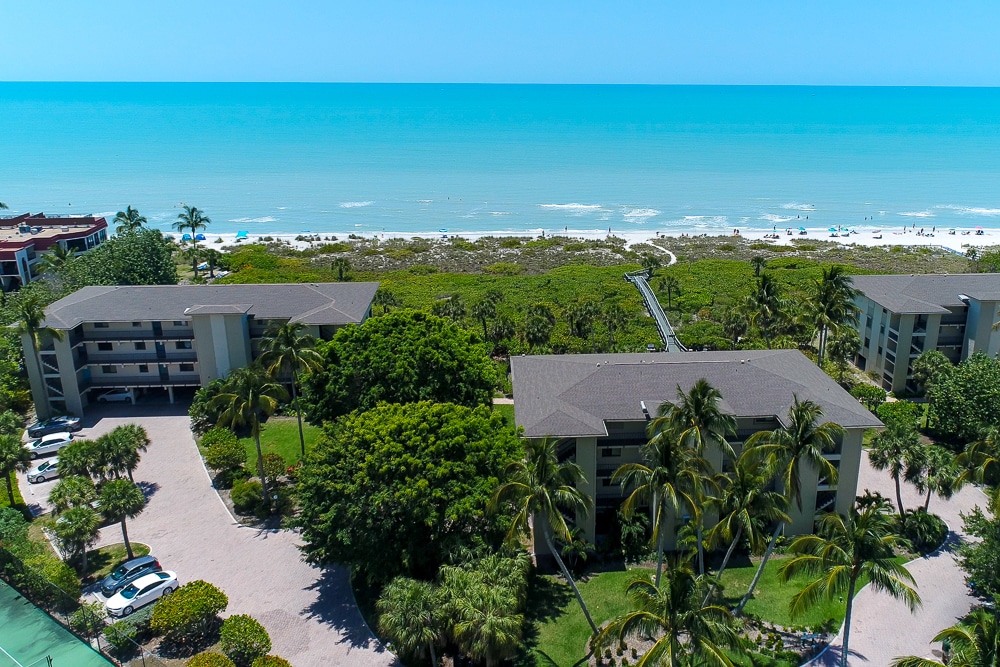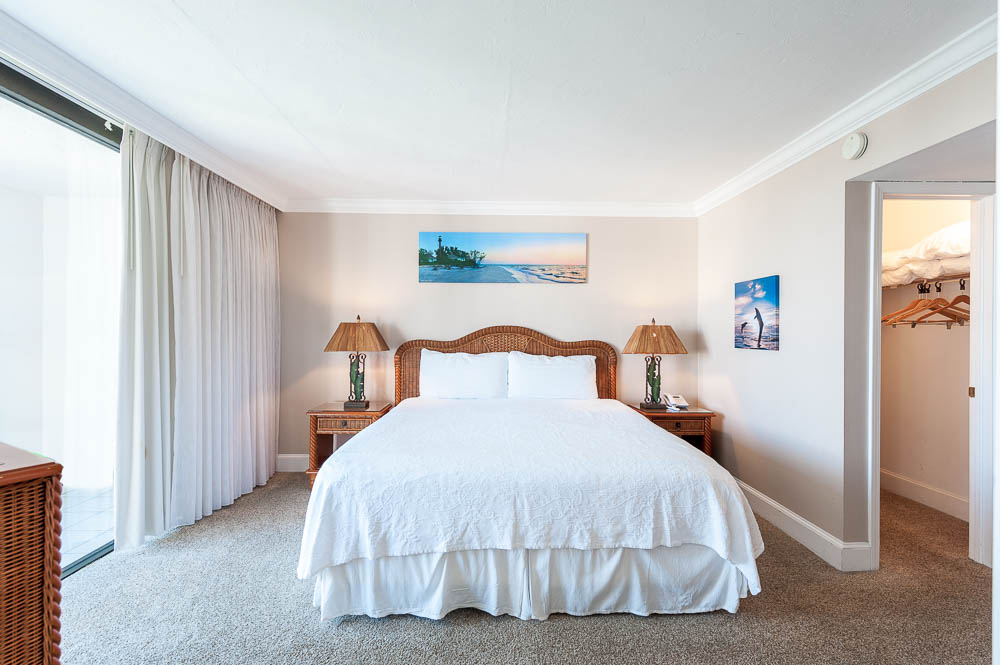Step 1 – Determine Investment Goals
This is the first step for any big investment decision really. When investing in island real estate, you should determine whether your main goal is:
A.) Pocket as much net profit as possible
B.) Simply break even on your mortgage payments each year, or
C.) Net just enough to offset costs such as utilities, with the intention of using the property for yourself and your family during season
None of the above is the “wrong” answer for investing on island. It’s simply a matter of preference on your use of the property, and of course, your financial situation. However, your investment goal will determine the type of property that’s right for you. That’s why it’s step one.
Step 2 – Determine the Type of Property
The City of Sanibel has strict ordinances limiting the frequency of rentals to 7 days for condos and 28 days for single family homes. Some properties are grandfathered and allow daily rentals; whereas other properties have further restrictions imposed by their condo or homeowners association.
If maximizing rental income is your priority, look for properties with shorter rental frequencies as they generally produce better cash flow than those with longer rental minimums. Desirable amenities like a great view and attractive pool area can also make a big difference. Onsite rental management can be desirable, but may interfere with financing.
If your goal is to break even or just off-set as many costs as possible while your family enjoys the property, the same rules apply. But you have more flexibility, such as choosing a condo with few buildings and units, or more strict rental restrictions. In fact, properties with less frequent rentals tend to be quieter with less turnover of vacationers. This is highly desirable for some owners and is the reason some condo associations limit rentals.
A single-family home with a 28-day minimum can be the right choice if you would like to have more space for your family when they visit or aren’t worried about renting out the home every month of the year.
If this is a bit confusing, don’t worry, working with an experienced island real estate professional can be a big help in narrowing down the right property for you and your family.
Tip: Don’t discount 1-bedroom condo units or smaller homes. Click here to read our blog about how 1-bedroom condo units make great rental income.
Step 3 – Ask For Rental History
Most investment properties on island have a record of rental history to show how many times and for what price the home was rented within the last few years. This is a great insight into how much profit you could make with the property based on years past.
If the home has never been rented or does not have the rental history available, we usually ask one or two rental companies to provide a pro forma, which includes an estimated profit analysis based on the homes location, condition, etc.
Step 4 – Talk with Rental Management Companies
Whether you plan to manage your rental yourself or use a vacation rental management company, we think it’s a good idea to chat with at least one management company on the island to hear how they market the property and understand their pricing model. Even as you narrow in on which condos you like or neighborhoods you are considering, it’s good to ask a vacation rental expert their opinion on the best option given the goals that you set in Step 1.
Step 5 – Talk with Your Financial Advisor
Of course, you need to chat with your lender or finical advisor before making an offer on any property. You’ll need an understanding of how much money you have to invest, and where that money will be pulled from. Really, this conversation should happen before you step foot in a property so that you know your budget ahead of time and can act quickly with your investment money. You should also factor in the cost of updates that will be needed for whatever property you invest, especially if you plan to use it as a vacation rental home. Assume it will need updating. Additionally, explore investment resources to help you make informed decisions and better understand market trends, financing options, and potential returns.
Step 6 – Get Out There and Look Around
Finally, you are ready to start walking around different condo complexes and viewing homes in person. By now, you have narrowed down what options will make sense for your goals and what budget you should stick with. This will keep your home search focused on a handful of solid investment options, without straying away from your investment goals.



